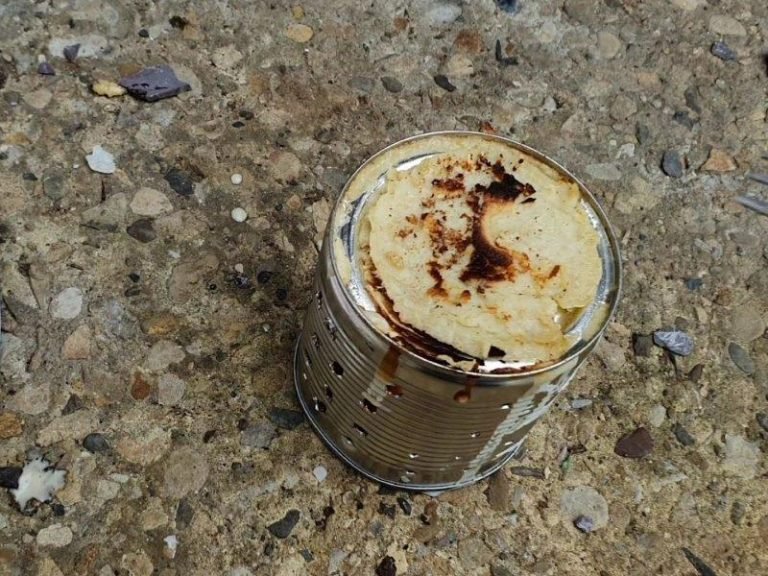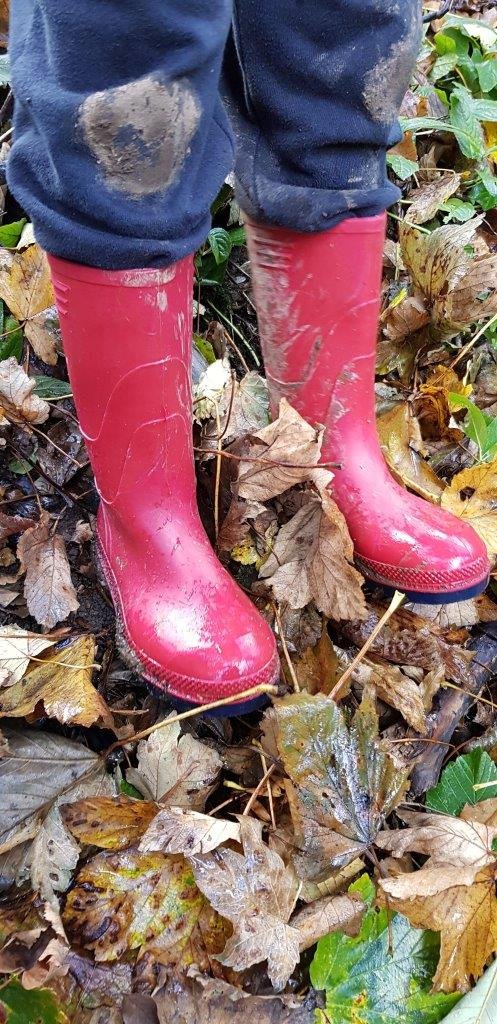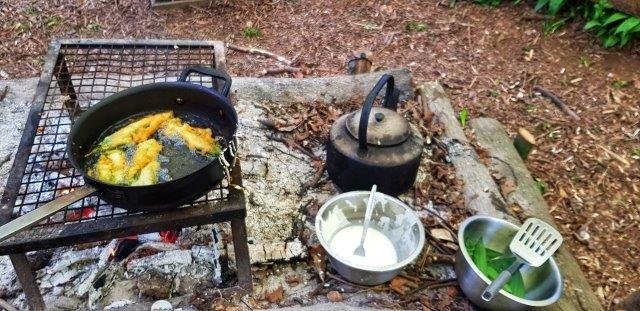Calendar of the Seasons: Avoiding Corona Boredom

It’s the first day of Spring today! The Spring Equinox!
I cut the grass for the first time yesterday- and my girls will be playing there much more when their school closes. This is the second activity in the #avoidingcoronaboredom series, just some ideas and suggestions I’m putting together in lieu of working with groups- so that they may be used by parents, families and children in the weeks and months ahead.
This activity is a simple one you can do together as a family, which may need a little research to complete, but may also trigger some research- so a way of spending 30 minutes outside, as well as facilitating learning! All in the hope of avoiding the boredom that may arise if you’re self-isolating! Although it’s been shared on the first day of Spring, this activity can be done all year round!
It’s inspired by discussions with people I’ve often had- when they believe it’s winter in November, and Spring in January. I’m also always monitoring the time it gets dark: clearly, during the lighter months, we can do activities into the evening, and in Autumn and Winter we need head torches on and lamps in the camps.

What is it?
Year, Seasons and Quarter Days 20 03 18
All it is, is a few laminated cards with the months on, then some that are larger with the seasons on, and the the four quarter days: two equinoxes and two solstices. The cards we use can be downloaded (see above), printed and then cut up (ours are laminated so they last…); alternatively, if you don’t have a printer just write the months, seasons and quarter days on some paper and then arrange them!
How to use it:
The idea is that the months are laid out in order, then the seasons are positioned under the moths they occupy- it can often generate quite a bit of chat! This is where checking a calendar can be useful! Then you can position the quarter day markers- the two equinoxes and the two solstices. And then with this- the cards with the longest/shortest/equal days and/or nights written on.
As you’ll see, there is a slight overlap of the seasons with the months- and this corresponds to the date of the equinoxes and solstices!
Possible extensions:
- Find out what an Equinox is? What is a Solstice?
- What are the dates of the Equinoxes and Solstices? So when does each season start?
- Find out what time the sun rises/sets on the Equinoxes and Solstices
- How long is it light on the Summer Solstice? How long is it light on the Winter Solstice?
- The sunrises in the East and sets in the West right? But only on the Equinoxes- so just two days a year: why?

I’m hoping to do an activity each day and share with you- so that you can stay active, outside, learning and keeping positive! Yesterday I showed you how to make a Spring Journal, which my girls have already made theirs and are starting to add to it; tomorrow I’m hoping to have a blog on how to make tin cakes (pancakes on a tin…). Follow us on Facebook to see when they are shared, you can sign-up to our mailing list here to see what we have coming up.
Whatever you do today, this week and over the next month- take some time to get outside, get fresh air, stare at the blue sky and appreciate the warmth and brightness of Spring- it’ll have a positive affect on your wellbeing!
See you soon, Morgan






